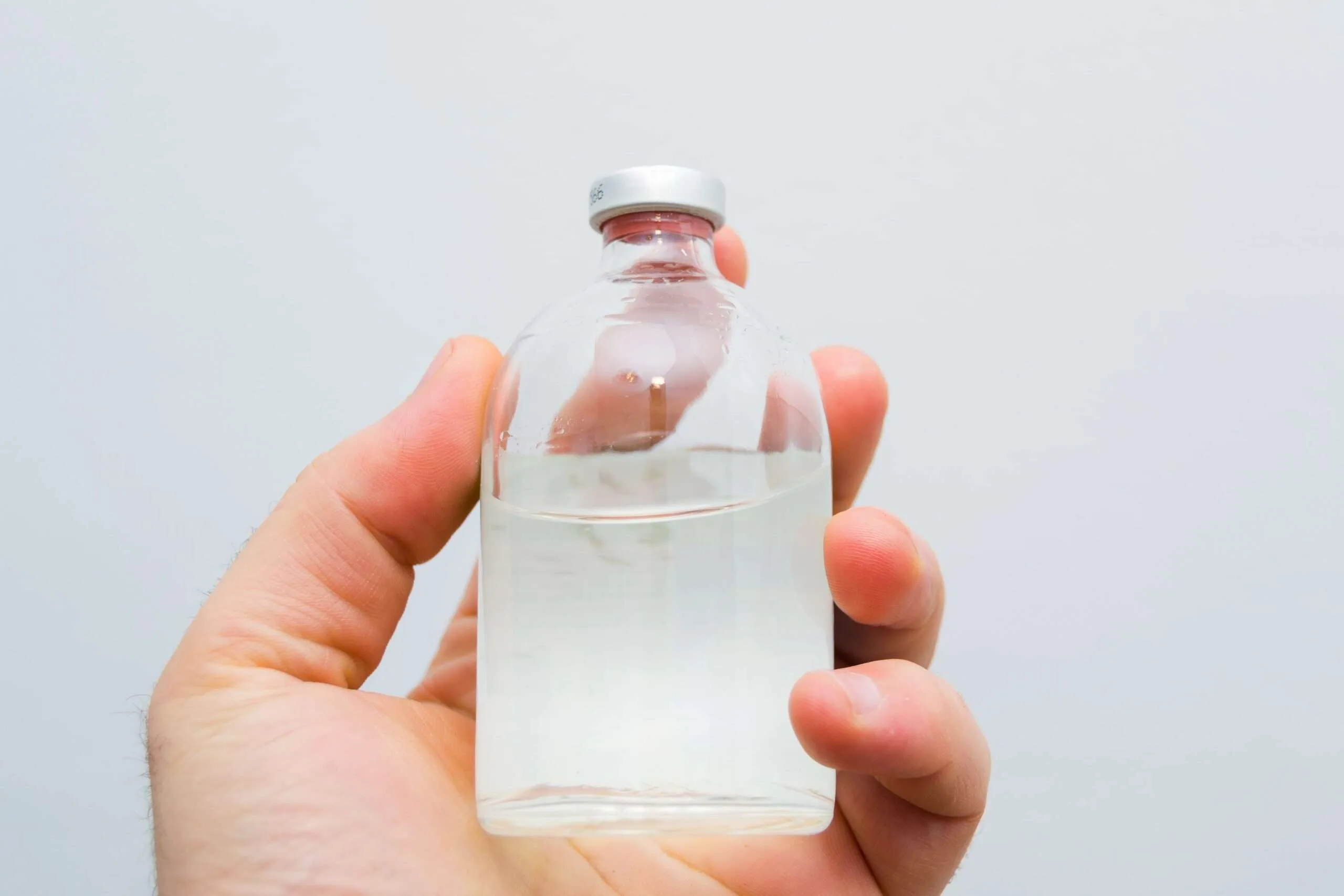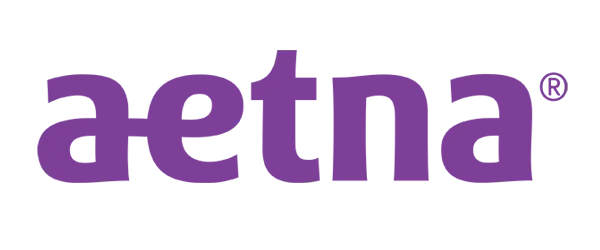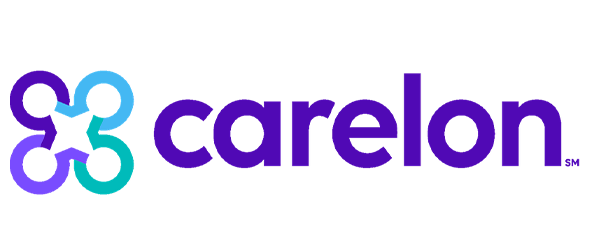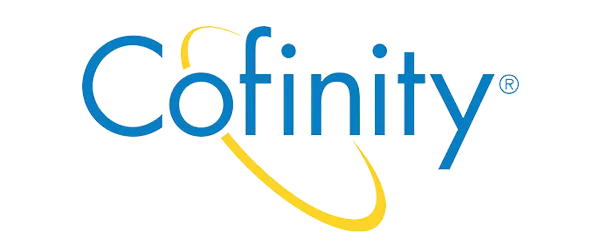Relatively new to the drug scene of the U.S., xylazine did not start making headlines until the mid-2010s. It is commonly referred to on the streets as “tranq dope,” and can produce zombie-like and sleep-inducing effects. The drug originated as an animal tranquilizer and is not currently a controlled substance in the U.S., but as recently as 2020, and appeared in one in five overdose deaths.
The drug is often found cut within other opioids like fentanyl, heroin, and cocaine to extend the drug’s effects. Many researchers believe that as xylazine usage spreads, fatalities will increase. Naloxone (also known as Narcan), a medication used to reverse the effects of opioid overdose, does not appear to neutralize the effects of xylazine, making it especially dangerous.
What is Xylazine?
Xylazine is a non-opioid medication used as a sedative and muscle relaxant designed to be used in veterinary medicine. Xylazine is most often used in large animals, such as cattle and horses, for short-term sedation. It was first synthesized in 1962 for use in humans, but due to its powerful and harmful side effects, it has been approved by the FDA for strictly veterinary use. Though it is extremely effective on animals, when tried on humans, xylazine produced negative effects such as blurred vision, low blood pressure, dizziness, and sedation.
Xylazine first appeared in the U.S. in overdose reports in Philadelphia in 2006, but has since expanded its reach. It is increasingly added to street drugs and is often found in combination with fentanyl, among other opioids. Xylazine works to extend the high that an individual can experience when using other opioids. In many cases, people are not aware when xylazine is cut into other drugs that they are buying and using, which makes it all the more lethal.
Effects of Xylazine
The main effect of xylazine is heavy sedation, along with blurred vision and dizziness. When xylazine is found in combination with fentanyl, common symptoms can include blue/greyish skin, slowed breathing, and slowed heart rate. Xylazine can also lead to hypotension (low blood pressure) and respiratory depression, all of which can lead to blackouts, coma, or a higher possibility of an overdose.
How Do I Know There is Xylazine in My Drugs?
Unfortunately, there are currently no rapid or simple tests for xylazine, as is the case for fentanyl. If you suspect your drugs might be laced with xylazine, try to ask around and see how the drug is making other people feel before you buy or use it. Some signs that xylazine may be present in your drugs are:
- A feeling of high that last longer than it normally does
- Drowsiness and/or falling asleep after using
- Dry mouth
- Experiencing periods of blackout
- Hallucinating
- Increased skin deterioration
- Naloxone being ineffective after administration
Xylazine Withdrawal Symptoms
Individuals who use xylazine frequently, or opioids that are laced with xylazine, are at risk of withdrawal. Xylazine withdrawal is often marked by irritability, anxiety, and a feeling of unease. It may also cause a rapid heart rate and high blood pressure, though these are not always present. If xylazine or opioid use is heavy and frequent, you may need medical or professional treatment to help manage your withdrawal symptoms as your body adjusts. A licensed rehabilitation center like Buckhead Behavioral Health can help in medication-assisted treatment and help create a plan for your journey to sobriety.
How Do I Find Treatment for Xylazine?
Treatment for chronic xylazine use can be similar to treatment plans for opioid use disorder. Most treatment plans would involve an initial withdrawal period that may be medication-assisted. Following a period of withdrawal, treatment plans can continue on an inpatient basis, or switch to outpatient. Rehabilitation programs will often combine different therapy types that address both physical and mental health symptoms, allowing individuals essential time to recover and create a long-term path toward sobriety. At Tampa Bay Recovery Center, we offer multiple levels of care including Partial Hospitalization Program, Intensive Outpatient Programming, and Outpatient rehab to help individuals address their symptoms and learn to find sustainable sobriety.
Find Addiction Treatment in Tampa Today!
If you or someone you love have developed an addiction to xylazine or opioids, there is hope. At Tampa Bay Recovery Center, we help clients connect to a detox in Tampa, before coming to us so they can get the appropriate treatment they need.
Our outpatient programs give you a range of treatments to choose from, and our licensed therapists and team can help patients identify triggers and provide a network of resources to support long-term addiction recovery. Learn more about our admissions process at Tampa Bay Recovery Center today and let us answer any questions you have.







